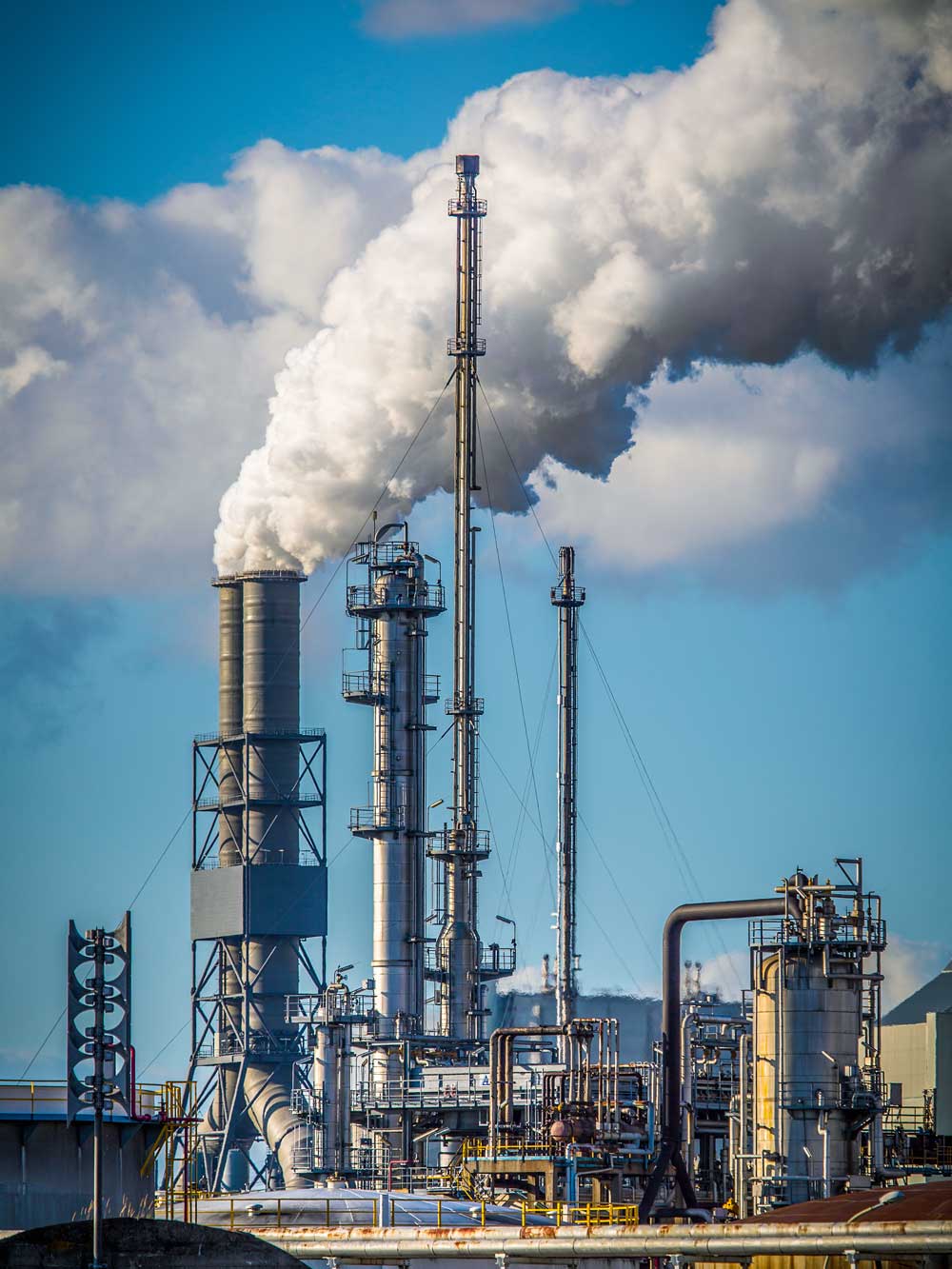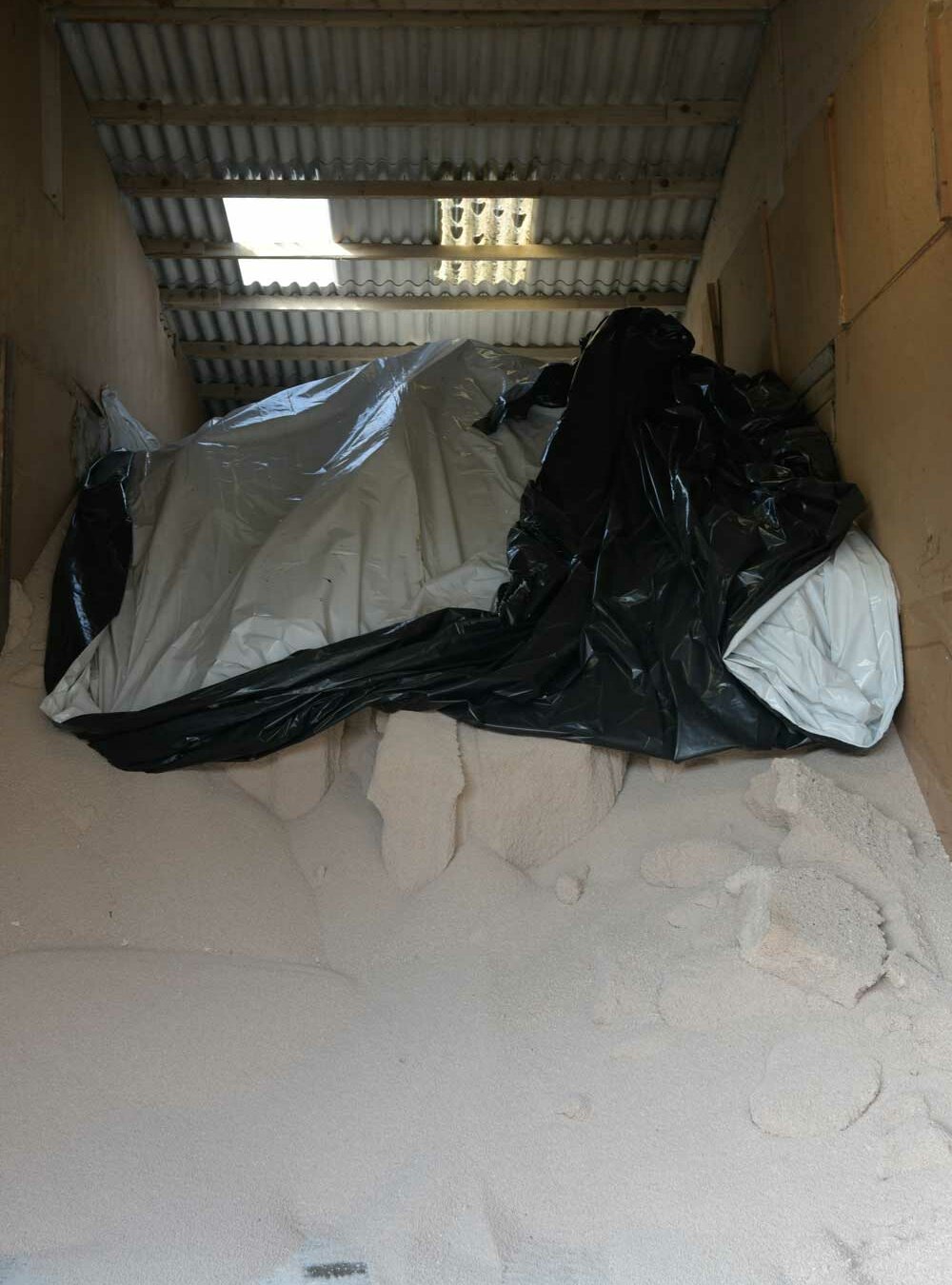CO2 taxes: The new cost trap
By Dr Christian Bickert, DLG Mitteilungen
For a long time, it was just words that no one really wanted to believe in: climate neutrality. Whether it can really be done, especially in a densely populated country like Germany, is uncertain. But one thing is certain: the attempt to push private consumption and the economy toward climate neutrality through increasing taxes and tighter regulations alone will be expensive, very expensive. What this means for agriculture in detail cannot be said today. Things won't get really serious until 2030 - the necessary conversions and investments can't be made much earlier. But initial estimates of the dimensions we will be talking about then are possible.
Example 1: Grain and oil mills
For these operations, the calculation is quite simple - and also unspectacular. Grain mills are in themselves largely emission-free, they just need a lot of electricity. If this comes from "green" sources, it becomes more expensive. But no investment is necessary. About 50 to 60 kWh of electricity is needed per t of grain milling. If "green" electricity becomes more expensive - let's say by 20 Ct/kWh - it will be noticeable at 10 to 12 €/t of wheat, but no investments are required. In addition, there would be higher transport costs for the flour, but at 35 l diesel for 25 t flour and 100 km freight, these costs are negligible.
The figures are somewhat larger for the oil mills, which require heat in addition to electricity. Conversion to climate-neutral operation and optimization of the processes require investments and more expensive energy sources such as hydrogen or wood pellets. Already today, the CO2 taxes burden each t of rapeseed in the oil mill with € 2.50. Not much at prices above 500 €, but still there are free CO2 certificates from previous allocations. These are decreasing and the levies are increasing, so that larger amounts are then also due.
Example 2: Starch factories
Starch factories have their largest energy demand in drying the starch. As with flour mills, the milling of the grain, including cleaning, requires only 50 to 60 kWh per ton of wheat. However, the starch factories require three to four times this amount of energy in the form of heat for drying. Efficiency is therefore the most important factor for them. As energy-intensive companies, the starch industry is subject to European certificate trading (box). This means they do not have to pay CO2 taxes. Since this applies to all starch factories in the EU, the costs can also be easily passed on to the consumer. And since starch is not an imported product (due to the relatively high transport costs in relation to the value of the goods), there is no threat of trade distortion from third countries.
CO2 certificates
Energy-intensive companies in the EU are subject to the European Trading Scheme (ETS). The companies have been allocated emission rights free of charge, the quantity of which is reduced by 2.2% each year. The EU Commission's new proposal envisages a 4.2% reduction per year, plus a one-off cut of around 10%. The number of emission rights will therefore fall. Those who do better will be able to sell CO2 rights, while those who do not meet the technical requirements will have to buy additional ones. Currently, the price is around 53 €/t CO2. This price is set to rise in the coming years. The allocation of free CO2 certificates is to expire in 2036 at the latest.
Example 3: Sugar factories
Among the processors of agricultural raw products, potato starch factories and sugar factories stand out in terms of CO2 emissions and climate neutrality. Both work with water-rich products that have to be dried at some point in the process, which means they require a lot of energy. That usually comes from coal or gas. For sugar factories, the Sugar Industry Association commissioned studies in the spring to determine what a conversion to climate neutrality would cost for all factories in Germany.
Despite all the uncertainty, this could easily add up to €12 per ton of beet, or around 40% of its current value. But even if you only look up to 2030 and take into account that around two-thirds of the CO2 certificates will come from the historical allocation until 2030 and will therefore be free of charge, it quickly adds up to quite a lot. A modern factory releases around 80 kg of CO2 per ton of beet, which would be €4 per ton of beet at a certificate price of €53 per ton. These are still imputed costs, but they could quickly become real costs in the coming years. In the short term, the CO2 levy on diesel will be higher, which will hit farmers directly. This is because the beet is transported over 50 km on average at most factories.
Example 4: Fertilizer
While potash can be mined and processed with large investments but relatively little energy, the calculation is quite different for nitrogen. Whether it is KAS, AHL or urea, the production of nitrogen fertilizers costs a great deal of energy. Mostly in the form of gas, in China also with coal. Both are associated with high CO2 emissions.
In the manufacturing process, there are two steps in which CO2 is released: Ammonia synthesis (Haber-Bosch process) and nitric acid oxidation, which produces nitrous oxide. The latter can be filtered out with catalysts, which is state of the art in the EU. This is more difficult in the case of ammonia synthesis. The CO2 produced can be bound in urea, but then it is released in the field during conversion. A list from the International Fertilizer Industry puts the emissions per kg of nitrogen in KAS at 3.5 kg of CO2. For urea, the figure is 1.9 kg without the CO2 bound in the product (another 1.6 kg of CO2 is bound in the urea and is released in the field when it is converted). For 30s AHL, the authors give a value of 2.6 kg CO2 per kg N (plus 0.8 kg bound in the product). Added to this are the emissions from transport.
The figures given refer to average values for European mills, which are technically up to date and world leaders. In North America, emissions from (urea) fertilizer plants per kg N are at a comparable level, and in Australia and the Middle East they are even better. However, in Russia, Asia and especially China, emissions per t of urea are up to 45% higher. The worst performers are the Chinese plants that operate on a coal basis: Their emissions are three times higher than those of European plants. Nitrates from countries outside the EU also emit nitrous oxide due to the lack of catalysts in the nitric acid plant. Therefore, KAS and AHL plants in Russia emit about twice as much climate-damaging gases as Western European plants and Chinese coal-based plants even three times as much.
Climate-neutral fertilizers increase costs
Today, fertilizer manufacturers do not yet pay any levies; as energy-intensive companies, they are subject to the ETS system.
Because fertilizer is an imported product, the issue of CO2 levies on imports is important. Therefore, in its draft directive in mid-July, the EU Commission proposed duties on fertilizer in addition to import taxes on steel, aluminum and cement. These are to apply from 2026. Otherwise, it would be simple: We shut down the nitrogen plants in Europe and import from the Middle East or Russia. But import duties also have an impact on the market: European manufacturers (above all YARA) export a lot of KAS and NPK fertilizers to third countries in South America, Asia or Africa. If a tax is levied in Europe, but not on manufacturers in other countries, exports from the EU will hardly be competitive. European exporters will then give priority to supplying the EU market. This may lead to structural price reductions. But will this be enough to compensate for the higher production costs at the agricultural level?
Beyond CO2 taxes, there is the question of how fertilizer factories can switch to CO2-neutral forms of energy. To this end, Yara is commissioning three trial plants by 2023: one in Norway, where N synthesis is to be generated on the basis of electricity from hydropower; in Sluiskil, the Netherlands, a plant is to be tested that uses hydrogen from electrolysis. The necessary electricity will be provided by wind turbines. The third plant is to be built in Australia, also with hydrogen, the electricity required for which is to come from solar plants. Hydrogen technology could reduce CO2 emissions from ammonia synthesis by 60 to 80 percent, but the current state of the art does not allow it to be reduced to zero. Irrespective of all production processes and their costs, the often very long-distance transport of large quantities of fertilizers will definitely become more expensive in the future under the objective of climate neutrality. In the long term, we must therefore expect fertilizer prices to rise by double-digit percentages as a result of environmental costs - perhaps by as much as 20% in a few years.
Conclusion
In just a few years, in addition to labor costs, land prices and building costs, farmers will face a further cost block in the form of CO2 taxes. However, they will hardly be able to influence this directly.




